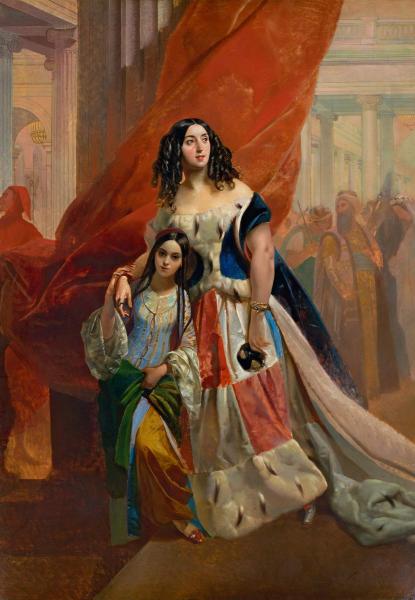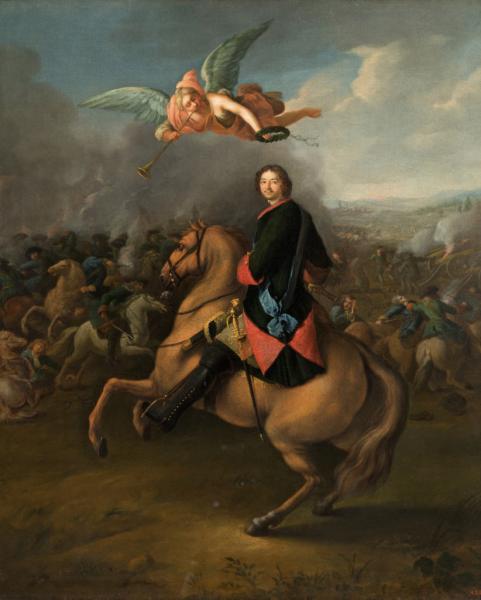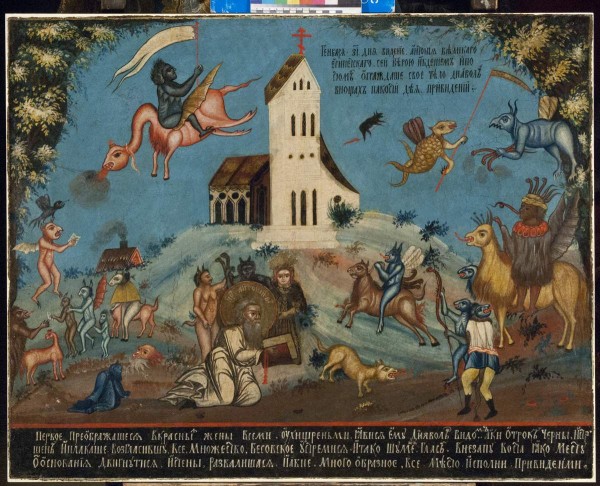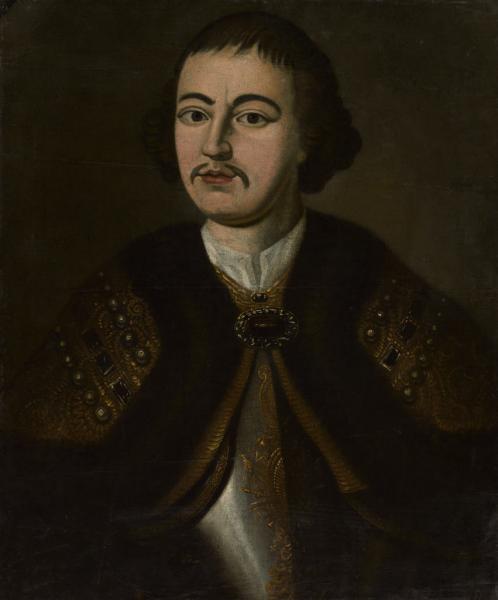The artist is Bryullov

Samoilova Julia Pavlovna, nee Palen (1803–1875) – Countess, the last of the Skavronsky clan, the daughter of the general from the cavalry of Count P. P. Palena (1775–1834) from the first marriage (with Countess M. P. Skavronskaya – eldest daughter of Countess E. AT. Skavronskaya, niece g. AND. Potemkina). From 1825-wife of the adjutant of the count of Count N. AND. Samoilova, in the second marriage – behind the Italian singer Peri, in the third – behind the French diplomat Count de Morne. After the last divorce, she regained the name of her first husband. Own a huge fortune. Countess Samoilova belonged to a rich family with a glorious story, relatives of the royal surname. It is known that Nicholas I was annoyed by the proud and independent behavior of Countess, the maid of honor of the courtyard, and she leaves for Italy. There, in the 1820s, her acquaintance with Bryullov took place. Their relationship was close, even talked about marriage. Samoilov did not have her own children, but constantly took care of two adoptive girls. The little daughter of the composer Giovanni Pachini, Amacilia, she adopted, and her sister, Giovanin, made her pupil.
The scarlet curtain and the powerful trunk of the ionic column, dividing the space into the first and second plans, form a semblance of a scene where in full splendor reveals the bright and artistic nature of Countess Yulia Samoilova, next to her her pupil – Italian girl Amacilia Pachini. In the background, you can see a medieval jester, and Hermes with a cadouceum, stained with snakes and a bearded nobleman in a Turkish robe. Countess is depicted by removing from a masquerade ball. It is known that Karl Bryullov intended to create an allegorical “masquerade of life”. Such a topic explains fantastic costumes and a bright, fiery color of the picture. The artist’s attitude to Samoilova bordered the reverence: he repeatedly wrote portraits of the countess, her features can be recognized in the guise of the heroines of the grandiose canvas of the master – “The Last Day of Pompeii”.
The portrait was written, apparently, in St. Petersburg in 1839–1840, when Samoilova arrived in Russia for family reasons. The picture is not over.


